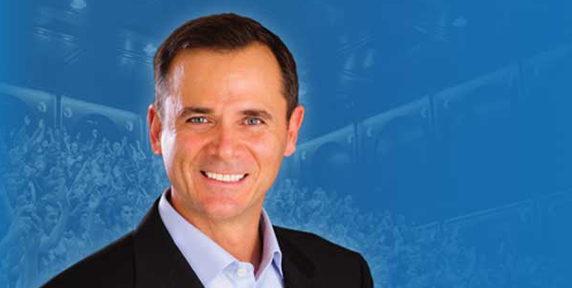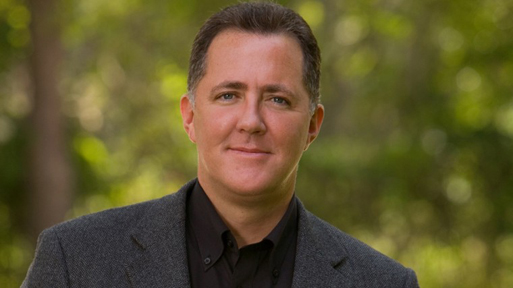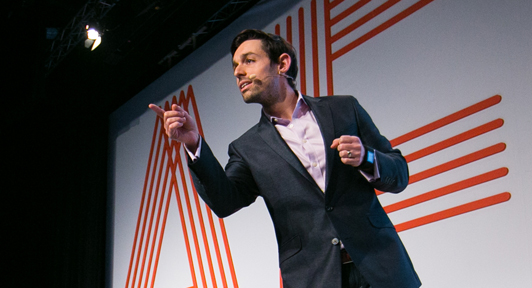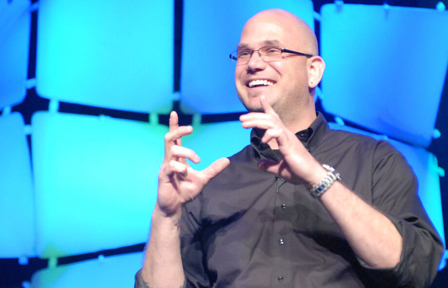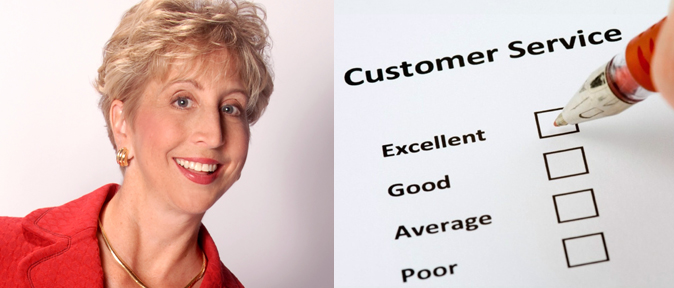
Profiting from Common Sense Customer Service with Teresa Allen
| While technology in customer service is advancing at a rapid pace, it seems that people skills still leave much to be desired. | |
| |
 | Your book and keynote presentation are titled "Common Sense Service." Is common sense a bit of an oxymoron when it comes to customer service in today’s world? |
 | Definitely. I think we have all wondered at times if a company or service representative has any common sense whatsoever. While technology in customer service is advancing at a rapid pace, it seems that people skills still leave much to be desired. Clients call me and say, "I love your focus on common sense… my people need some common sense!" |
 | Is common sense customer service something that can be taught or is it a natural skill one is born with? |
 | Studies show that it only takes a few seconds for a customer to determine if they like and have confidence in a service representative.
There are individuals who have a natural affinity for customer service, so hiring is a critical component of any service strategy. The first 10 seconds of an interview may be the greatest barometer of future success. Even natural ability can be brought to a higher level with skills training customized to real life situations encountered in the industry and the organization. We are so bogged down with HR laws and practices that we often miss our first impression of a potential service team member. |
 | What common sense service skills do you see as most important to success today? |
 | One of the greatest skills a manager–or a front line customer service rep–can have is the ability to resolve a conflict. Over 20 years of presenting customer service keynotes and training across the U.S. and abroad, this is the topic that most often comes up when interviewing clients about desired outcomes.
Employees on all levels must have knowledge of conflict generators, how to avoid them, and how to handle them when things go wrong. Things will go wrong no matter how great the service organization. Decreasing customer disloyalty by just 5% can increase profits by as much as 125%, according to the marketing firm Confirmit. Investing in conflict management training is a good idea. |
| It is truly eye-opening to see how even a small dollar transaction can influence thousands— even hundreds of thousands— dollars’ worth of positive or negative spin. | |
| |
 | Does social media play a big role in customer service success today? |
 | Absolutely! Years ago, if you were happy you would tell 4 or 5 people; if you were unhappy you would tell 8 or 10. You can imagine what social media has done to those numbers!
Attendees at my program calculate the potential spin resulting from a customer encounter. It is truly eye-opening to see how even a small dollar transaction can influence thousands— even hundreds of thousands— dollars’ worth of positive or negative spin. |
 | What new technologies and strategies support common sense customer service in today’s world? |
 | Technology provides the tremendous ability to match customers to their preferred customer service channel. VOC programs have the ability to match a representative to a specific customer based on past interactions, personality, and even voice. Can every company afford this? No, but all organizations must realize that we are in an era of service customization.
A recent study showed that millennials now demand a choice of at least three service channels. If you aren’t offering web chat in addition to a live agent in a call center, you’re not satisfying a significant customer population. |
 | Is the old saying, "the customer is always right," still valid in today’s marketplace?
This definitely is an old saying. Any organization or manager enforcing this philosophy risks alienating staff and training customers into bad habits. The customer does have the right to their point of view about any transaction or service encounter. It is the service professional’s responsibility to listen and respond in a way that builds a win-win solution. |
 | Customer engagement is a top concern for many managers today. How do you see this fitting into the common sense service mix? |
 | A recent Gallup study showed that over 70% of employees are disengaged. Management often overlooks that customers will not be engaged if employees are not engaged. This should be a wake-up call for every organization.
In my new program, "Let's Get Engaged: Engaging Customers & Employees," we explore specific management strategies to engage employees and discuss how to leverage employee engagement to create customer engagement. |
| Emphasizing customer service in training, at company conferences, and on employee evaluations demonstrates executive commitment. | |
| |
 | Is customer service a path to higher sales? |
 | Customer service is permission to sell; without it there is no trust and therefore, no relationship. Without a strong customer service foundation you are destined to have unprofitable, short term relationships.
Customer service is sometimes referred to as a ‘soft skill’. Hugely successful service organizations like Zappos and Ritz Carlton would certainly disagree. They know that nothing will hit the bottom line harder and faster than customer service. Too often organizations focus on service only occasionally. Customer service can be perceived by middle management and front line staff as a ‘flavor of the month’ instead of a key success strategy. Service excellence must be a consistent priority for upper management. Emphasizing customer service in training, at company conferences, and on employee evaluations demonstrates executive commitment. |
 | Your book Common Sense Service is story based. Why are stories so important to understanding the fine points of customer service? |
 | Customer service is story related by nature. Our customers are telling stories of service success and failure to anyone who will listen. Our team members can’t attend service training every week, but they can learn lessons from their own lives as consumers.
Actions that make us happy or upset when we are the customer are the same things that will dismay or delight our own customers. My passion is turning on that lightbulb moment that enables participants to learn vital lessons every time they are the customer. If these common sense service lessons are applied to both personal service and organizational strategy, the natural result will be a more profitable organization built on customer loyalty. =============================================== |


